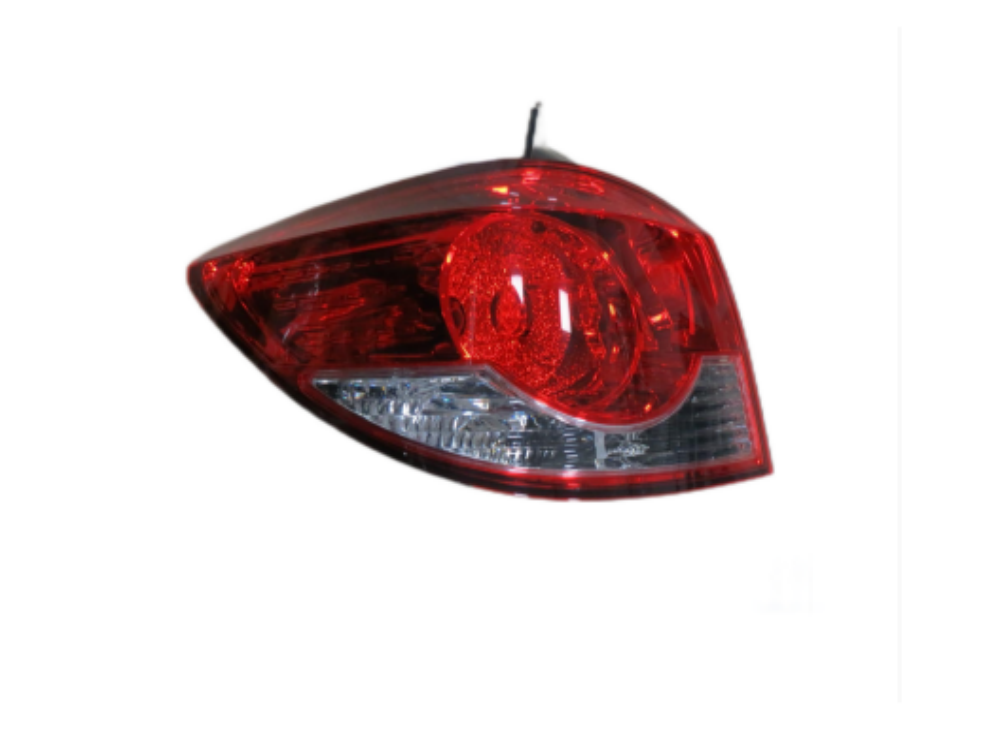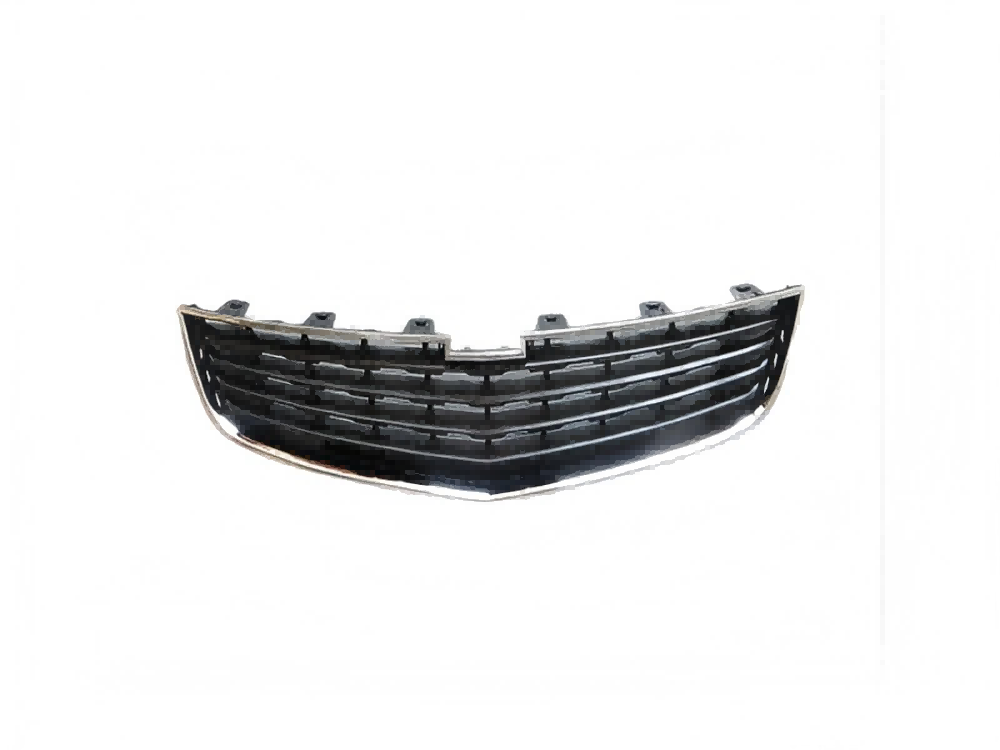Understanding the Evolution of Automotive Lighting Technology
The automotive industry has witnessed remarkable transformations over the decades, with lighting technology being one of the most significant areas of advancement. LED tail lights represent a revolutionary leap forward from traditional incandescent bulbs, offering drivers enhanced safety, efficiency, and aesthetic appeal. As vehicles become increasingly sophisticated, the adoption of LED tail lights continues to grow, setting new standards for automotive lighting solutions.
Technical Advantages of LED Lighting Systems
Superior Energy Efficiency and Power Conservation
LED tail lights consume significantly less power compared to conventional lighting systems. While traditional bulbs typically draw between 20-30 watts of power, LED tail lights operate efficiently at just 2-3 watts. This reduced power consumption not only helps conserve your vehicle's battery but also contributes to improved fuel efficiency. Over time, these energy savings can translate into meaningful cost reductions for vehicle owners.
The minimal power draw of LED tail lights also means less strain on your car's electrical system. This becomes particularly important when considering the increasing number of electronic components in modern vehicles. The energy-efficient nature of LED technology allows for better power distribution across all vehicle systems.
Extended Lifespan and Durability
One of the most compelling advantages of LED tail lights is their exceptional longevity. While traditional incandescent bulbs typically last between 1,000 to 2,000 hours, LED tail lights can function for up to 50,000 hours or more. This extended lifespan means fewer replacements and reduced maintenance costs over the lifetime of your vehicle.
LED tail lights are also incredibly durable, featuring solid-state construction that can withstand significant vibration and impact. Unlike conventional bulbs with delicate filaments, LEDs are resistant to shock and mechanical stress, making them ideal for automotive applications in various driving conditions.

Safety Enhancements Through LED Technology
Faster Response Time for Accident Prevention
LED tail lights activate almost instantaneously, illuminating approximately 0.2 seconds faster than traditional bulbs. While this difference may seem minimal, it can translate to several feet of additional stopping distance for following vehicles at highway speeds. This quick response time is crucial for preventing rear-end collisions and improving overall road safety.
The rapid illumination of LED tail lights provides drivers behind you with more time to react to sudden braking or changes in traffic conditions. This enhanced visibility and quicker warning system can make a significant difference in preventing accidents, especially during challenging driving conditions.
Enhanced Visibility in Adverse Conditions
LED tail lights produce a bright, clear light that penetrates through fog, rain, and snow more effectively than traditional lighting systems. The specific wavelength and intensity of LED light make it more visible in poor weather conditions, helping to maintain safety when visibility is compromised. This improved clarity ensures that your vehicle remains visible to other drivers even in challenging environmental conditions.
The consistent brightness and color rendering of LED tail lights also help prevent misinterpretation of signals by other drivers. Unlike conventional bulbs that can appear dim or yellowed over time, LEDs maintain their original brightness and color throughout their lifespan, providing reliable and consistent signaling.
Aesthetic and Design Benefits
Modern Styling and Customization Options
LED tail lights offer automotive designers unprecedented flexibility in creating distinctive lighting signatures. The compact size and versatile nature of LEDs allow for innovative designs that can enhance a vehicle's overall appearance. Many modern vehicles feature sophisticated LED patterns and animations that not only serve as safety features but also contribute to brand identity and visual appeal.
The ability to arrange LED elements in various configurations enables manufacturers to create unique lighting designs that distinguish their vehicles in the marketplace. From sweeping light bars to dynamic turn signals, LED technology has revolutionized the way cars communicate visually on the road.
Value Addition to Vehicle Aesthetics
Installing LED tail lights can significantly enhance a vehicle's modern appearance and perceived value. The clean, crisp light output and sophisticated design options available with LED technology can transform the rear aspect of any vehicle. This upgrade not only improves functionality but can also contribute to better resale value and overall vehicle appreciation.
The contemporary look of LED lighting systems aligns well with current automotive design trends, making vehicles appear more premium and technologically advanced. This aesthetic enhancement is particularly noticeable during nighttime driving, when LED tail lights create a distinctive and attractive visual signature.
Environmental Impact and Sustainability
Reduced Carbon Footprint
LED tail lights contribute to environmental sustainability through their energy-efficient operation and longer lifespan. The reduced power consumption translates to lower fuel consumption and decreased carbon emissions over time. Additionally, the extended service life of LED lights means fewer replacements and less waste in landfills compared to traditional bulbs.
The manufacturing process for LED lights typically requires fewer resources than conventional lighting solutions, and many LED components are recyclable. This sustainability aspect aligns with growing environmental consciousness among consumers and automotive manufacturers alike.
Materials and Disposal Considerations
Unlike traditional bulbs that contain harmful materials such as mercury, LED tail lights are manufactured using more environmentally friendly components. This makes them safer to handle during replacement and disposal. The reduced frequency of replacement also means less environmental impact from packaging and transportation of replacement parts.
The long-term durability of LED technology helps reduce the environmental burden of automotive maintenance waste. When LEDs eventually need replacement, many of their components can be recycled, contributing to a more sustainable automotive industry.
Frequently Asked Questions
How much money can I save by switching to LED tail lights?
While the initial cost of LED tail lights may be higher than traditional bulbs, the long-term savings are significant. When considering reduced energy consumption, fewer replacements needed, and potential insurance benefits due to enhanced safety features, users can expect to save hundreds of dollars over the lifetime of their vehicle.
Can I upgrade my existing tail lights to LED?
Most vehicles can be upgraded to LED tail lights through either direct replacement bulbs or complete LED tail light assemblies. However, it's important to ensure compatibility with your vehicle's electrical system and check local regulations regarding automotive lighting modifications.
Will LED tail lights work in extreme weather conditions?
LED tail lights are designed to perform reliably in a wide range of temperatures and weather conditions. They actually perform better than traditional bulbs in cold weather and are resistant to moisture and vibration, making them ideal for all-weather operation.
Do LED tail lights require special maintenance?
LED tail lights require minimal maintenance compared to traditional lighting systems. Regular cleaning of the lens covers and occasional checks for proper electrical connections are typically all that's needed to ensure optimal performance throughout their extended lifespan.


